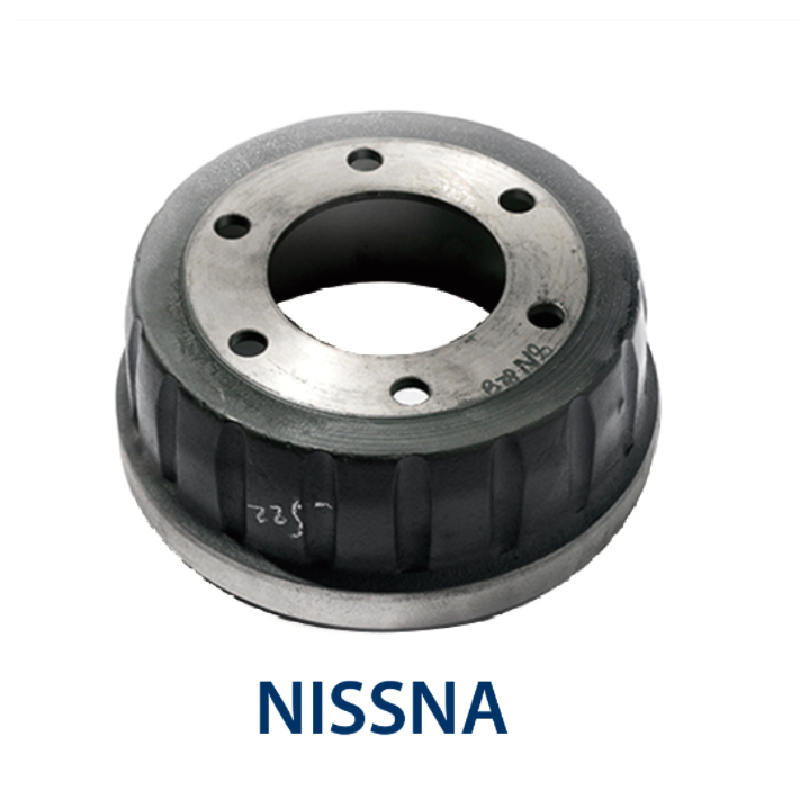Aug . 29, 2024 02:25 Back to list
Professional Brake Drum Repair Services
Brake Drum Repair A Comprehensive Guide
Brake drums are essential components of a vehicle's braking system, particularly in older models and heavy-duty vehicles. Their primary function is to provide a friction surface for brake shoes, which are pressed against the drum to slow down or stop the vehicle. Over time, brake drums may wear out or become damaged, necessitating timely repairs to ensure safety on the road. This article aims to shed light on the importance of brake drum repair and the steps involved in the process.
Why Repair Brake Drums?
Brake drums can sustain various types of damage, including scoring, warping, or cracking. These issues typically arise from excessive heat due to prolonged braking, contamination from oil or grease, or simple wear over time. Ignoring worn or damaged brake drums can lead to reduced braking efficiency, increased stopping distances, and even total brake failure, posing serious risks to drivers and passengers alike. Regular inspection and maintenance of brake components, including drums, can prevent more extensive damage and enhance vehicle safety.
Steps in Brake Drum Repair
1. Inspection The first step in the repair process is a thorough inspection of the brake drums. Technicians will check for visible signs of wear and damage, such as grooves, cracks, and warping. A micrometer may be used to measure the drum's diameter and ensure it meets manufacturer specifications.
brake drum repair

2. Cleaning Once the inspection is complete, the drums are cleaned to remove dust, debris, and brake shoe material. This can be accomplished using a wire brush or a dedicated cleaning solution, ensuring that all contaminants are eliminated for optimal performance.
3. Machining If the drums are found to be within specifications but show signs of scoring or minor damage, machining can restore their surface. This process involves using a lathe to grind away a thin layer of material, resulting in a smooth, even surface that improves contact with the brake shoes.
4. Replacement In cases where drums are severely damaged or excessively worn, replacement may be the best option. New brake drums should match original equipment specifications to ensure proper fit and function.
5. Reassembly and Testing After repairs or replacements, all components are reassembled, and the brake system is tested for proper operation. This step is crucial to ensure that the vehicle's braking capability is restored to optimal performance.
Conclusion
Brake drum repair is a vital aspect of vehicle maintenance that should not be overlooked. Regular inspections and timely repairs can significantly enhance safety and performance. Whether it involves cleaning, machining, or replacement, ensuring your brake drums are in good condition will provide peace of mind on every journey. Always consult a professional mechanic if you suspect issues with your braking system to ensure the safety of your vehicle.
-
Scania Brake Drums: OEM Quality for Optimal Safety & Durability
NewsAug.16,2025
-
R.V.I: Advanced Remote Visual Inspection for Precision
NewsAug.15,2025
-
Discover HYUNDA: Innovative Vehicles, Equipment & Solutions
NewsAug.14,2025
-
R.V.I: Unlock Advanced Insights & Real-time Performance
NewsAug.13,2025
-
Kamaz Brake Drum: Durable & Reliable for Heavy Duty Trucks
NewsAug.12,2025
-
Heavy Duty Iveco Brake Drum - Premium Quality & Safety
NewsAug.11,2025
